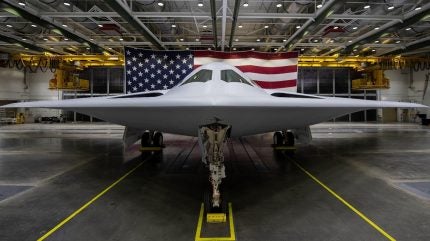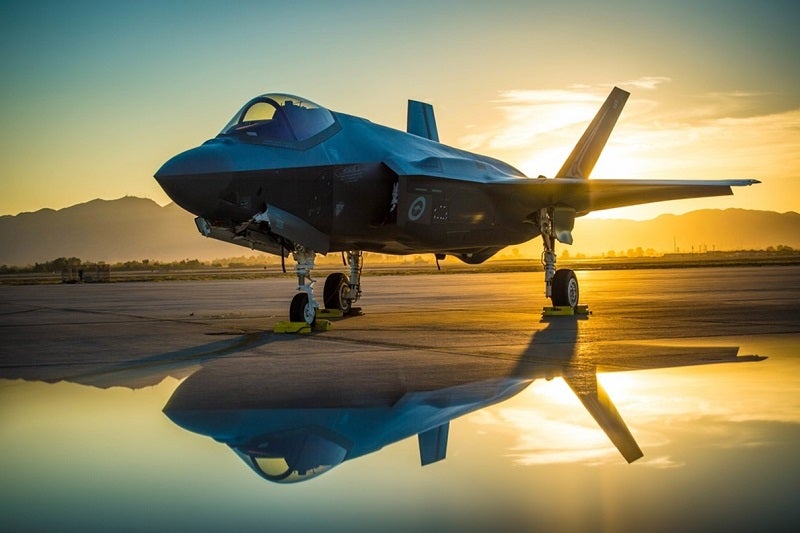
It has become far more difficult to balance time and costs for new systems in an age of demand not seen for decades, yet the US defence prime Northrop Grumman is delivering the US Air Force’s (USAF) future bomber, the B-21 Raider, at pace and below budget estimates.
In a Q1 2024 industry overview presentation on 24 June 2024, GlobalData Defence Analyst James Marques said that the first ever sixth-generation aircraft is “currently developing in record time.”
Analysis carried out by GlobalData detailed that, adjusted for inflation, the per unit cost was estimated at around $750m, a significant decrease from the $2bn each of the older 20 B-2 bombers cost, the platform it will be replacing. Although the exact figures are held in strict secrecy by the US military.
Officials from within the USAF and government similarly noted the platform’s steady progress two months ago. However, the highly secretive programme represents a more significant circumstance as it proves that the US defence industry can deliver at pace and under budget, in contrast to years of long running delays and mounting costs.
How does this compare to other major US defence programmes?
Lockheed Martin’s F-35 Lightning II Joint Strike Fighter – considered the world’s most sophisticated aircraft, and used by many Nato militaries and their allies – has faced a number of modernisation and development issues in the last decade.
The US Government Accountability Office (GAO) has published reports laying out the enduring problems. Originally due to be completed in 2026 and determined to cost $10.6bn, it was found that the F-35 Block 4 programme had risen to $16.5bn and it was estimated to conclude in 2029 but this has been extended. This was reiterated in a previous report voiced in May 2023.

US Tariffs are shifting - will you react or anticipate?
Don’t let policy changes catch you off guard. Stay proactive with real-time data and expert analysis.
By GlobalData
“In general, the US over the last 30 years since the Cold War ended has not truly felt the pressure of a global competing superpower breathing down their necks,” Marques stated. “Over time their defence projects have become sluggish, overly expensive and delivering smaller numbers of equipment behind schedule.
“With the B-21 Raider, Northrop adopted a whole new mentality to not fall into any of those problems, and so far seems to be a more successful approach.”
What is the the status of the B-21 Raider?
Notably, the USAF Rapid Capabilities Office is handling the Raider programme rather than the traditional Defense Department procurement processes.
The long-range, stealth bomber continues to undergo stringent flight tests at Edwards Air Force Base in California.
The team is focused on building test aircraft as production-representative as possible. Test aircraft are built on the same manufacturing line and use the same manning and tooling that will be used in the eventual production, the service stated.
The initial production run was meant to cost $4bn but it is currently only $2.7bn.
Moreover, prototypes are usually designed long before the actual production run, but so far the two units made have been designed to be expandable and upgradeable and eventually will be used in the actual operational fleet.
Additional reporting from Richard Thomas.



